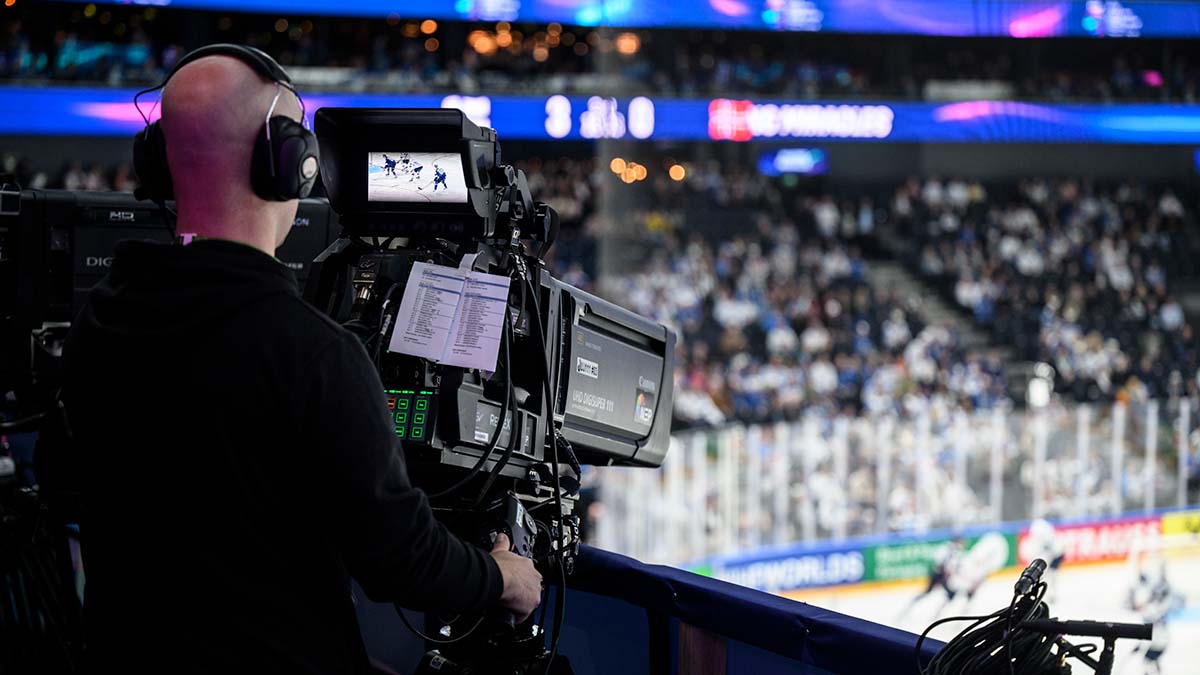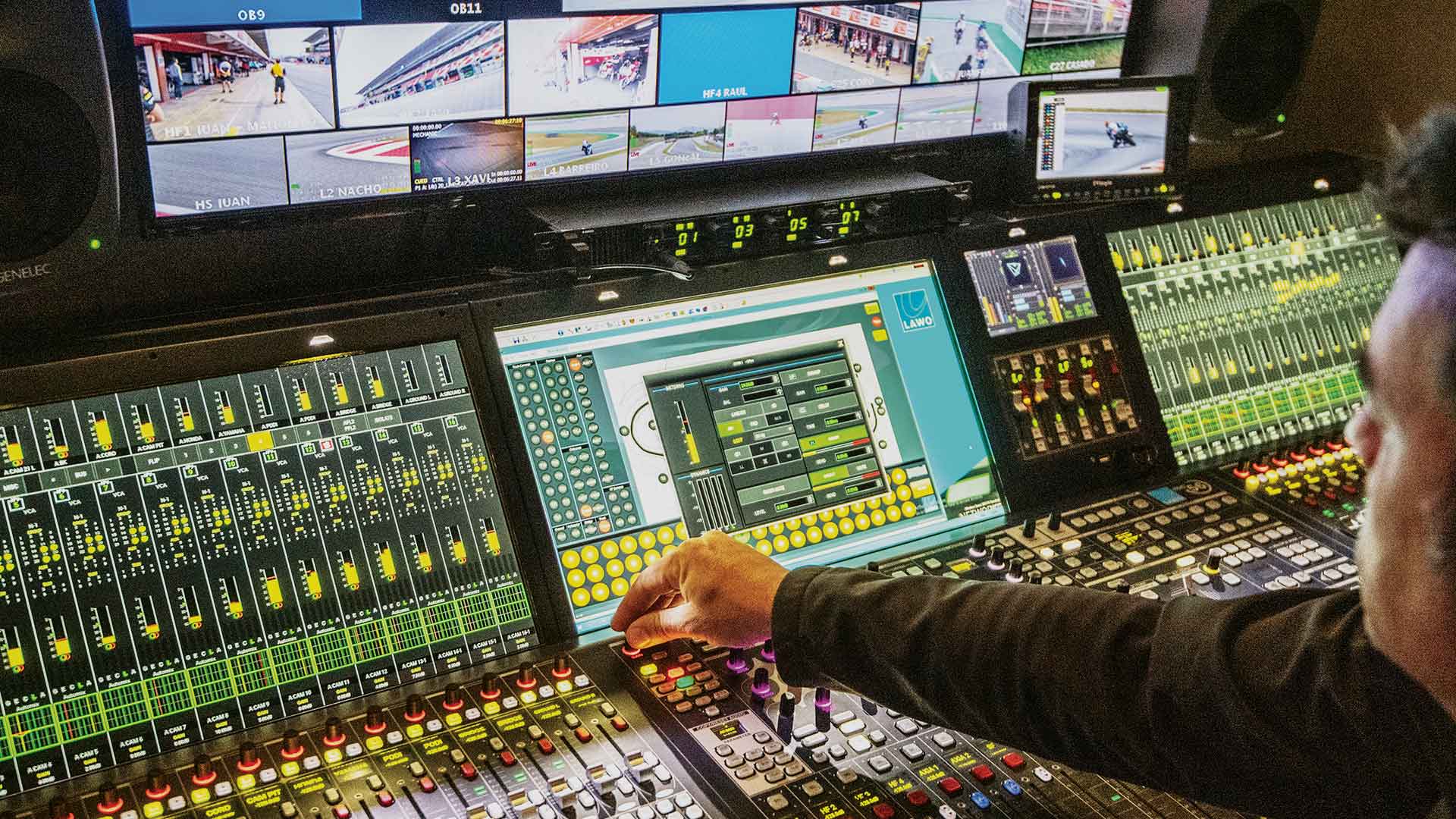The Art of Anticipation – Predictive Analysis in Sports Broadcasting
In the fast-paced realm of sports broadcasting, predictive analysis emerges as both an art and a science, transforming how audiences perceive and engage with the game. With the fusion of advanced data analytics and innovative technologies, broadcasters delve deeper into the intricacies of sports dynamics, offering viewers a tantalizing glimpse into the future of play. At its core, the art of anticipation hinges on deciphering patterns, trends, and probabilities, providing insights that transcend mere speculation and elevate the viewer’s understanding of the game. Through predictive analysis, broadcasters unravel the mysteries of athletic performance, unveiling the factors that sway the outcome of matches and tournaments. In the realm of team sports like basketball or soccer, predictive analysis enables broadcasters to anticipate pivotal moments before they unfold on the field or court. By dissecting player statistics, team strategies, and historical data, analysts forecast potential game-changing plays, fostering a sense of anticipation among viewers. Whether it is predicting a clutch three-pointer in the dying moments of a basketball game or foreseeing a decisive counterattack in a heated soccer match, the ability to anticipate key moments amplifies the excitement and suspense of live sports broadcasting.

Moreover, predictive analysis empowers commentators to provide insightful commentary, enriching the viewer’s experience by offering nuanced perspectives on players’ decisions and tactical maneuvers. Beyond individual matches, predictive analysis extends its reach to broader contexts, shaping narratives and storylines throughout a sports season. By extrapolating trends and trajectories from past performances, 무료해외스포츠중계 can forecast team standings, playoff scenarios, and championship contenders with remarkable accuracy. This predictive foresight adds layers of intrigue to the overarching narrative of a sports season, fueling debates, speculations, and anticipation among fans worldwide. Whether it is speculating on a team’s chances of clinching a playoff spot or forecasting a potential underdog’s Cinderella run, predictive analysis infuses sports broadcasting with an element of foresight that captivates audiences and keeps them on the edge of their seats. Furthermore, the integration of cutting-edge technologies such as machine learning and artificial intelligence enhances the predictive capabilities of sports broadcasters, opening new frontiers in anticipatory analysis. Through real-time data processing and algorithmic modeling, broadcasters can generate instant insights and predictions, delivering a dynamic viewing experience that mirrors the fast-paced nature of live sports.
While predictive analysis offers valuable insights into the unpredictable realm of sports, it also raises ethical concerns regarding privacy, fairness, and data transparency. As broadcasters delve deeper into players’ personal metrics and biometric data, questions arise regarding the ethical boundaries of data collection and usage in sports broadcasting. Moreover, the reliance on predictive algorithms may inadvertently perpetuate biases or overlook contextual nuances, leading to misinterpretations or mispredictions that undermine the credibility of sports analysis. In conclusion, the art of anticipation represents a paradigm shift in sports broadcasting, redefining how audiences perceive, engage, and interact with live sports. By harnessing the power of predictive analysis, broadcasters transform speculation into foresight, enriching the viewer’s experience with insightful commentary, compelling narratives, and dynamic predictions. As technology continues to evolve and data analytics reach new heights, the future of sports broadcasting holds boundless possibilities for anticipatory analysis, offering fans a tantalizing glimpse into the thrilling world of sports.
